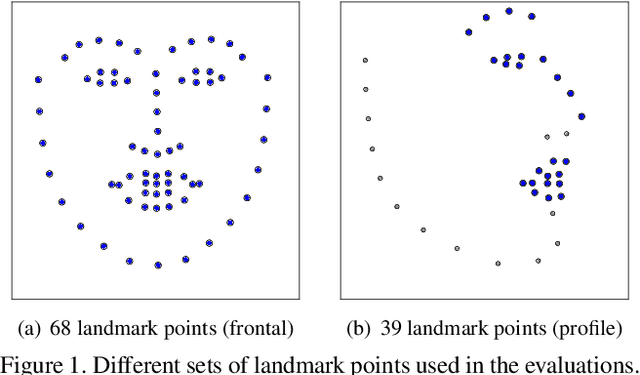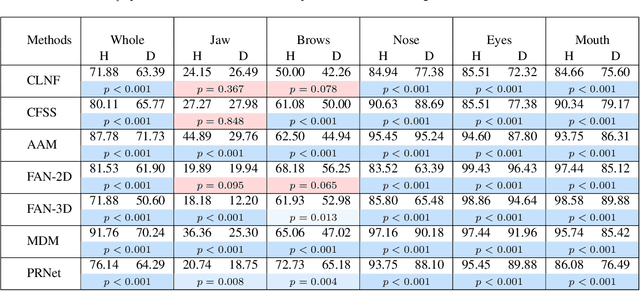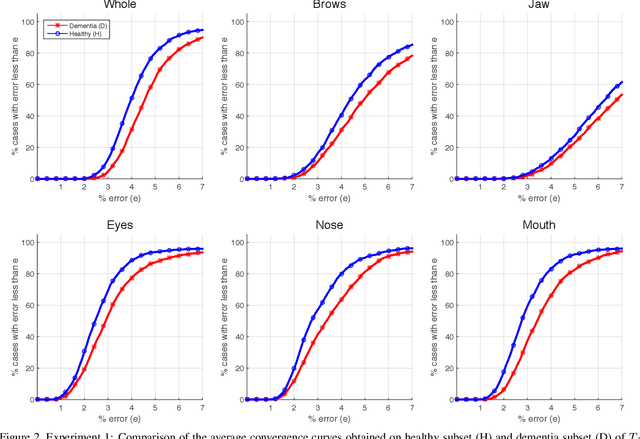Shun Zhao
Unobtrusive Pain Monitoring in Older Adults with Dementia using Pairwise and Contrastive Training
Jan 08, 2021



Abstract:Although pain is frequent in old age, older adults are often undertreated for pain. This is especially the case for long-term care residents with moderate to severe dementia who cannot report their pain because of cognitive impairments that accompany dementia. Nursing staff acknowledge the challenges of effectively recognizing and managing pain in long-term care facilities due to lack of human resources and, sometimes, expertise to use validated pain assessment approaches on a regular basis. Vision-based ambient monitoring will allow for frequent automated assessments so care staff could be automatically notified when signs of pain are displayed. However, existing computer vision techniques for pain detection are not validated on faces of older adults or people with dementia, and this population is not represented in existing facial expression datasets of pain. We present the first fully automated vision-based technique validated on a dementia cohort. Our contributions are threefold. First, we develop a deep learning-based computer vision system for detecting painful facial expressions on a video dataset that is collected unobtrusively from older adult participants with and without dementia. Second, we introduce a pairwise comparative inference method that calibrates to each person and is sensitive to changes in facial expression while using training data more efficiently than sequence models. Third, we introduce a fast contrastive training method that improves cross-dataset performance. Our pain estimation model outperforms baselines by a wide margin, especially when evaluated on faces of people with dementia. Pre-trained model and demo code available at https://github.com/TaatiTeam/pain_detection_demo
Limitations and Biases in Facial Landmark Detection -- An Empirical Study on Older Adults with Dementia
May 17, 2019



Abstract:Accurate facial expression analysis is an essential step in various clinical applications that involve physical and mental health assessments of older adults (e.g. diagnosis of pain or depression). Although remarkable progress has been achieved toward developing robust facial landmark detection methods, state-of-the-art methods still face many challenges when encountering uncontrolled environments, different ranges of facial expressions, and different demographics of the population. A recent study has revealed that the health status of individuals can also affect the performance of facial landmark detection methods on front views of faces. In this work, we investigate this matter in a much greater context using seven facial landmark detection methods. We perform our evaluation not only on frontal faces but also on profile faces and in various regions of the face. Our results shed light on limitations of the existing methods and challenges of applying these methods in clinical settings by indicating: 1) a significant difference between the performance of state-of-the-art when tested on the profile or frontal faces of individuals with vs. without dementia; 2) insights on the existing bias for all regions of the face; and 3) the presence of this bias despite re-training/fine-tuning with various configurations of six datasets.
 Add to Chrome
Add to Chrome Add to Firefox
Add to Firefox Add to Edge
Add to Edge